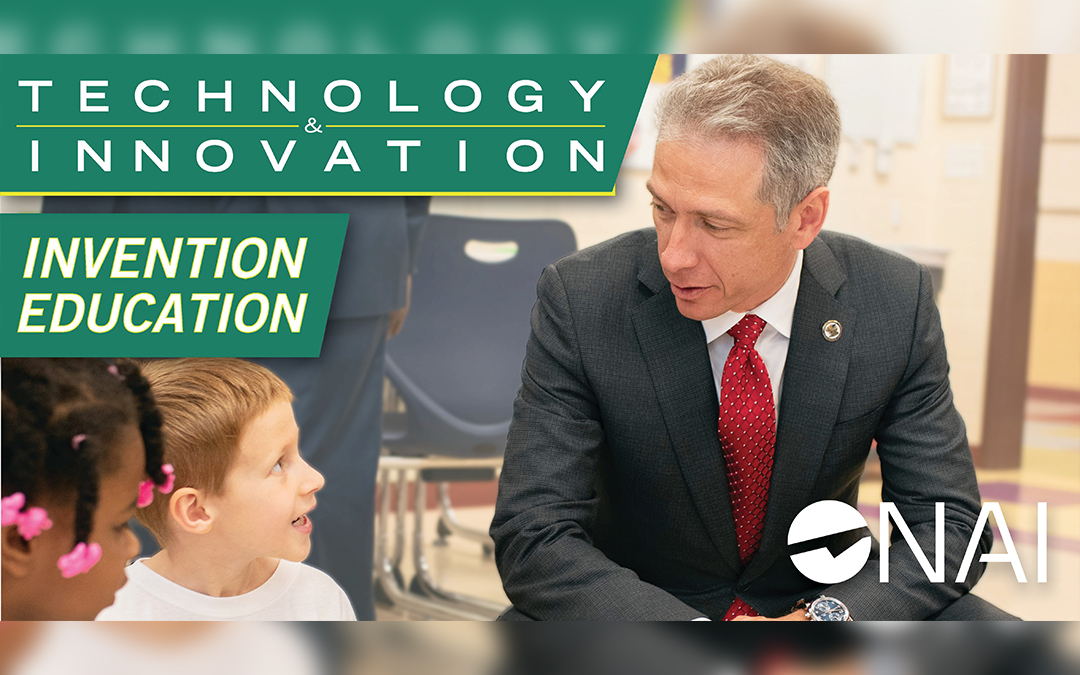Published in Technology & Innovation, Volume 20, Number 3, February 2019, pp. 267-283(17)
Although maker education has become a popular theme in science, technology, engineering, and math (STEM) education, there is little empirical evidence from qualitative studies offering guidance as to how the processes and practices of maker culture might be integrated into school settings.
This paper on an interactional ethnographic study by Levi C. Maaia in Technology & Innovation, the journal of the National Academy of Inventors, focuses on the actions and discourse among teachers, students, administrators, and parents. It makes visible how stakeholders influenced the co-creation of a maker-based STEM culture at an independent high school, as activities evolved from an after-school club focused on designing, building, and launching high-altitude balloons to an electronics and software coding elective lab course incorporating elements of the science, technology, engineering, art, and mathematics (STEAM) movement. The author’s dual role as both teacher and researcher grounded his ethnographic fieldwork in maker education and invention.


